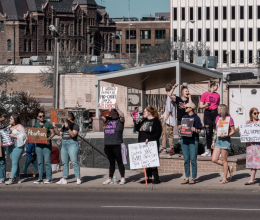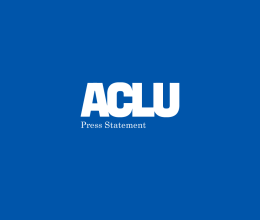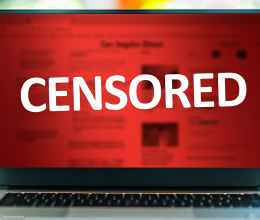
When Ice-T and his band, Body Count, released the song “Cop Killer” in 1992, it spurred outrage. At the time, Bill Clinton and George Bush were running for president, and condemning “Cop Killer” was among the handful of stances where they found common ground. Officials and police departments called for a complete boycott of Time Warner Inc. for refusing to halt the sales of the song. In response, Time Warner publicly stated its unshakable commitment to stand by freedom of expression and argued that “Cop Killer” is an “artist’s rap on how a person in the street feels.” “It’s a shout of pain and protest,” and “raw with rage and resentment.”
Professor Carrie Fried of Winona State University conducted a long study that year in an attempt to contextualize this dialogue in research; she found that participants exhibited several implicit biases. they were more likely to find one of two songs with the same lyrical content more threatening and offensive if they thought it came from a Black artist or fell under the genre of rap. She also found that participants were quick to pin violent lyrics on the rap genre, even when they came from folk songs. So what happens when these implicit biases sit on the jury in a real criminal case? Across the country, rap lyrics are on trial as prosecutors pull from the expressive words of artists, and judges deem these songs to be admissible evidence in court.
Joining us today to discuss this evolution of this practice is Erik Nielson, professor at the University of Richmond and co-author of the book Rap on Trial: Race, Lyrics, and Guilt in America. We are also joined by New Orleans rapper, songwriter, and former member of the 504boyz Mac Phipps, who experienced firsthand how the use of lyrics on trial can lead to a wrongful conviction.





